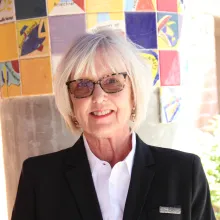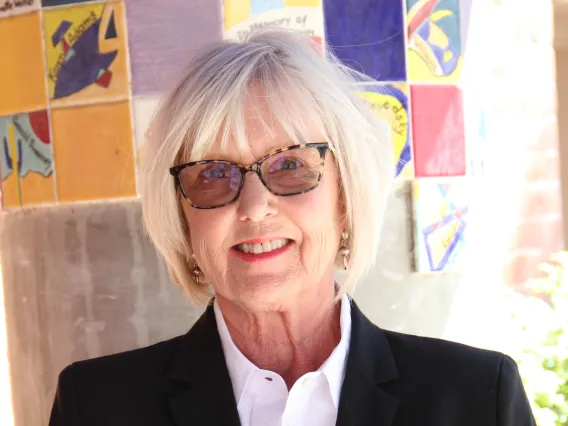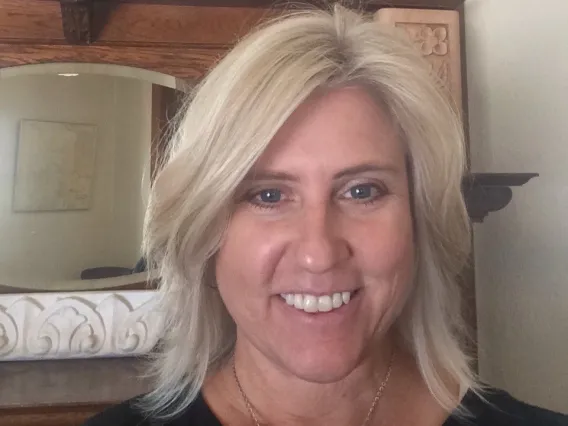ORP: Native Peoples Technical Assistance Office (NPTAO)
Message from the Director


Claudia Nelson, NPTAO Director
Greetings and welcome to the Native American Advancement, Initiatives, and Research web portal, the home of the Native Peoples Technical Assistance Office web resources. NPTAO is honored to collaborate and share this site with the office of the Special Advisor for Native American Advancement and Tribal Engagement and the office of the Assistant Vice Provost for Native American Initiatives, who share a vision of providing easily navigable, comprehensive, relevant, and current information for the University of Arizona community when engaging with sovereign Native Nations and Indigenous communities.
Please visit our Research and Engagement page, where you will find information about Procedures: Working with Native Nations and Indigenous Communities; Required Consultation Policies, including what is required by the University of Arizona and a new policy of the National Science Foundation; and Research Training and Resources. You can also learn about the 22 Federally Recognized Tribes in Arizona and their research policies.
Contact the Native Peoples Technical Assistance office <NPTAO@arizona.edu> for more information.
Initiatives
The Native Peoples Design Coalition, housed under the Drachman Institute in the College of Architecture, Planning, and Landscape Architecture, forms a collective vision to plan and design the built environment in ways that support Native American and Indigenous sovereignty.
As part of a grant funded by the Economic Development Administration's University Center - Native FORGE Program, NPTAO has collected detailed 2018-2022 American Community Survey Census data, detailed business data from the Environmental Systems Research Institute (ESRI), and health reports from Arizona's First Things First program for all 22 Federally Recognized tribes in Arizona. The data is located here.
NPTAO participates in bi-annual trainings for the university community that provide an introduction to policies, resources, and best practices for UArizona researchers interested in conducting collaborative research and/or educational engagement with Native Nations/Indigenous communities. You will find dates for upcoming trainings here.
Contact Information



